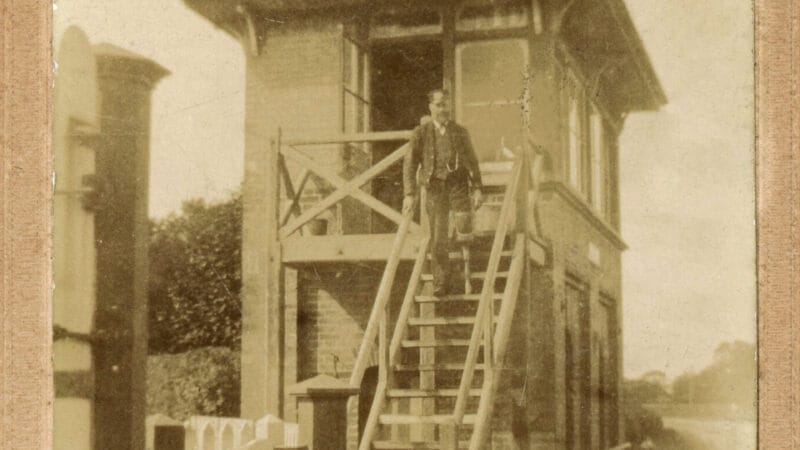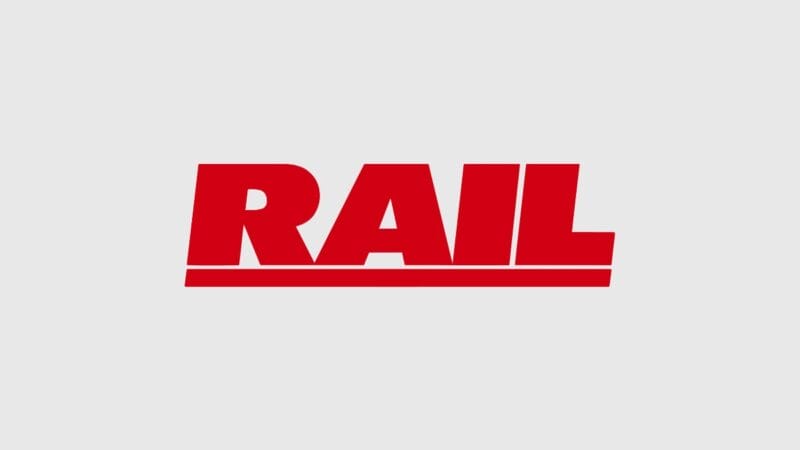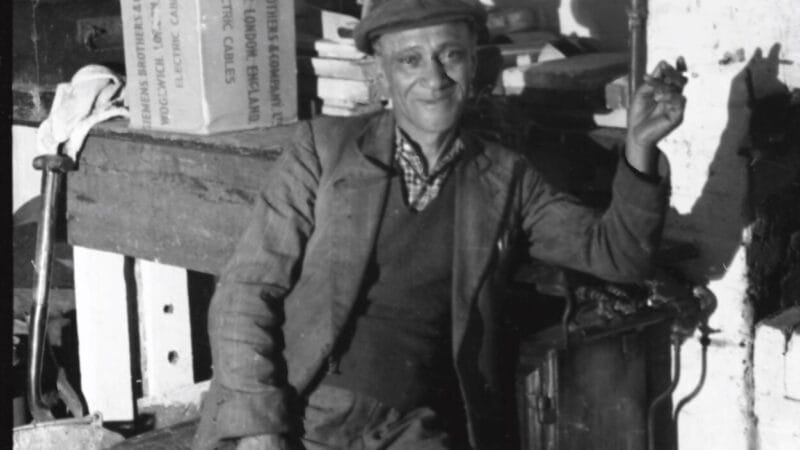
The narrative of Liverpool is inextricably linked with the evolution of the railway. For six years in the early 2000s, I had the privilege of managing railway stations, a job that offered a unique perspective on the vital role of this infrastructure.
Each day could be a new and diverse experience. Observing the myriad of journeys undertaken by passengers, from daily commutes to special family trips and holiday adventures, it all highlighted the railway’s significance in connecting people.
Working on the railway you witness the broad spectrum of society. I encountered individuals from all walks of life, including the most vulnerable people, such as the homeless, who face really difficult challenges, to regular commuters and even notable figures. I once even dispatched a train carrying former Prime Minister Tony Blair from Liverpool Lime Street.
Early in my career, I developed a strong appreciation for the environmental benefits of rail travel. Compared to cars or airplanes, trains offer a far more efficient and sustainable mode of transportation.
A notable characteristic of the railway industry is the strong sense of loyalty and pride among its staff. People are proud to say they work for the railway. This camaraderie persists even after three decades since the industry’s privatisation. The ethos of public service runs deep in the people who work in the industry.
Liverpool’s history is deeply intertwined with the development of the railway. The area surrounding Crown Street station – the modern day Edge Hill station – where the world’s first intercity railway originated, was a significant hub of innovation. It really was the Silicon Valley of its day.
The growth of Liverpool as a city and a port throughout the 19th century would simply not have been possible without the incredible railway infrastructure and investments that were made at that time.
And it’s worth noting that the freight rail remains integral to the Port of Liverpool – which is the only deep seaport on the west coast of the UK and remains the third biggest port in the country.
As a city, we’re incredibly proud of the rail network that we have, and we’re very aware that many other UK cities are not as well served as we are. Our local services, such as the Merseyrail metro network, are a vital foundation of our economy.
Not only do they bring in thousands of visitors for our tourism industry, supporting cultural and sporting events, but the trains are relied upon heavily by the people who live here.
Within the boundary of the city, 40 per cent of residents do not own a car – so train services are crucial in their lives. That’s why it was so important to update the fleet of trains recently, so that we now have the most accessible trains in the country, with step-free access from every platform and step-free access at many stations.
For people from outside Liverpool who come to visit the city, rail is by far the most popular way most get here. In fact, the passenger journeys from London to Liverpool are among the biggest in the country. Liverpool is the only destination in the UK that sees more people travel from London rather than to the capital.
Huge regular events such as the Grand National, Premier League football, The Open Championship rely on the incredible rail services we have in the Liverpool City region.
And moving towards the future, we are committed to investing in the future of the network we have.
Liverpool Baltic station is a £100m project that will see an incredibly creative and vibrant are of Liverpool get its own dedicated station.
And in the wide region, the new Liverpool Manchester Railway could see an explosion of economic growth on the scale of what happened in the 19th century.
Railways transform cities, their economies and the lives of the people around them. For 200 years the railway has been a positive and galvanizing industry in Liverpool. It has improved people’s standards of living and the quality of their lives. The railway industry will continue doing that for many years to come.


